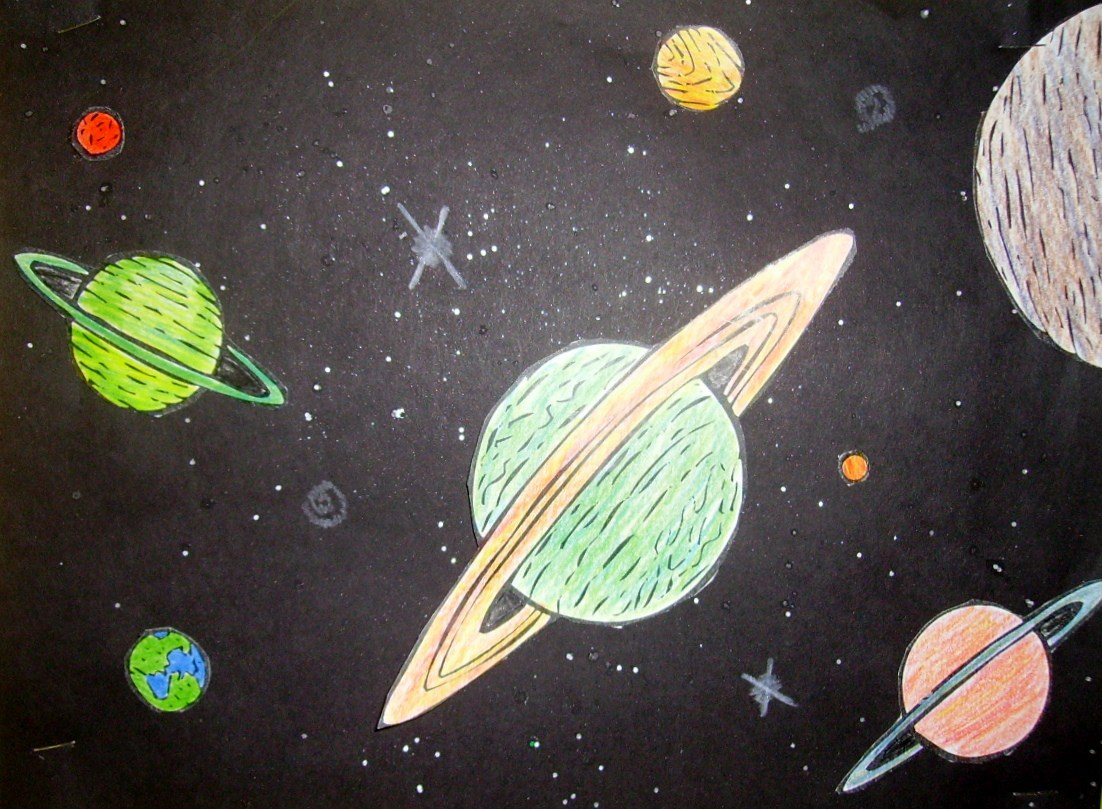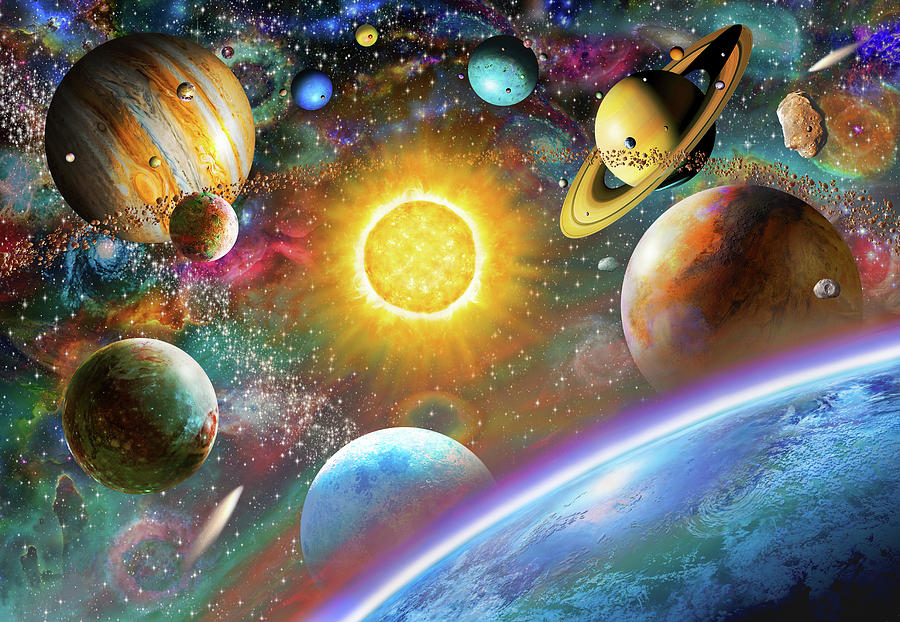Space outer drawing chesterman adrian graphics drawings licensing meiklejohn mgl getdrawings 16th uploaded august which
Table of Contents
Table of Contents
If you’ve ever tried to draw space in art, you know how challenging it can be. With its vastness and complexity, space can be an intimidating subject for artists. But fear not, as we’ll guide you through the steps of how to draw space in art.
Pain Points of Drawing Space in Art
One of the most significant difficulties in drawing space in art is creating a sense of depth and dimension. The vastness of space can often make a drawing feel flat and one-dimensional. Additionally, the intricate details of planets, stars, and other celestial bodies can make the process feel overwhelming.
How to Draw Space in Art
The first step in drawing space in art is to choose your medium. Whether you’re working with pencil, pen, paint, or digital tools, there are various techniques you can use to create a sense of depth and dimension in your drawing.
Start by sketching out the basic composition of your space scene. Once you have a rough outline, add in details such as planets, stars, nebulae, and galaxies. Use shading and color to create a sense of depth and dimension, making the closer objects darker and more defined, and the farther objects lighter and more faded. Don’t be afraid to use contrast to make your scene pop.
Another technique to create depth in your space drawing is to use atmospheric perspective. This means that objects in the distance appear lighter and less detailed than those up close. Use this technique to your advantage to create the illusion of vastness and infinite space.
Summary of Main Points
Drawing space in art can be daunting, but with the right techniques, you can create a stunning and dynamic space scene. Choose your medium, sketch out the basic composition, add in details, use shading and color, and incorporate atmospheric perspective to create depth and dimension.
Creating Texture in Your Space Drawing
To truly bring your space drawing to life, consider adding texture. Each celestial body in space has unique textures, from the rough and craggy surface of the moon to the smooth and gaseous look of a nebula.
One way to create texture is by using cross-hatching techniques. Create layers of intersecting lines to mimic the look and feel of a rough surface. For a smoother surface, use stippling or pointillism, where dots or small marks are used to create texture.
Another way to create texture is by using a toothbrush or spatter technique. Dip a toothbrush or paintbrush into your paint or ink, then flick it onto your paper to create a speckled effect. This technique works well for creating the look of stars or cosmic dust.
Adding Color to Your Space Drawing
One of the most exciting aspects of creating a space drawing is experimenting with color. The colors you choose can help set the mood of your drawing, from the stark black and white of a lunar landscape to the vibrant neon hues of a sci-fi world.
Consider using a limited color palette to create a cohesive look for your drawing. For a more realistic look, research the actual colors of celestial bodies and incorporate those into your drawing. For a more imaginative look, don’t be afraid to experiment and use your imagination.
Creating a Focal Point in Your Space Drawing
To make your space drawing even more impactful, consider creating a focal point. This could be a planet, spaceship, or even an astronaut. Use composition, contrast, and color to draw the viewer’s eye to the focal point and create a sense of drama and movement.
Question and Answer
Q: What is the best way to create depth in my space drawing?
A: Use shading, atmospheric perspective, and contrast to create a sense of depth and dimension in your space drawing.
Q: Can I use a digital medium to draw space in art?
A: Yes, there are several digital tools available for drawing space in art, including Adobe Photoshop, Procreate, and Autodesk Sketchbook.
Q: How do I make my space drawing look realistic?
A: Do your research and incorporate accurate details, colors, and textures. Use references and visual aids to create a realistic and accurate space scene.
Q: Can I add my personal artistic style to a space drawing?
A: Absolutely! Use your personal style and imagination to make your space drawing unique and impactful.
Conclusion of How to Draw Space in Art
Drawing space in art can be challenging, but with the right techniques, you can create a stunning and impactful space scene. Use shading, color, texture, and composition to create a sense of depth and dimension, and experiment with style and mood to make your drawing truly unique. Happy drawing!
Gallery
Space #spacedrawings Space 806144402034107081 | Art Drawings Simple

Photo Credit by: bing.com / zeichenideen crayon skurrile bleistiftzeichnungen sketc planète kritzeleien nemme ansigter tegninger psicodélicos sketching visages spacedrawings kunstideen galaxie skizze acrílicas turmakbanyoseramik anitra
Outer Space Drawing At GetDrawings | Free Download

Photo Credit by: bing.com / space outer drawing kids grade projects wallpaper 4th getdrawings glitter background school backgrounds desktop themes
Outer Space Drawing At GetDrawings | Free Download

Photo Credit by: bing.com / space outer drawing chesterman adrian graphics drawings licensing meiklejohn mgl getdrawings 16th uploaded august which
Related Image | Space Drawings, Drawings, Art

Photo Credit by: bing.com / ying ourselves yinyang acessar
Pin By Ζωή Μακάση On Tatuajes | Space Drawings, Space Tattoo, Art Drawings

Photo Credit by: bing.com /






